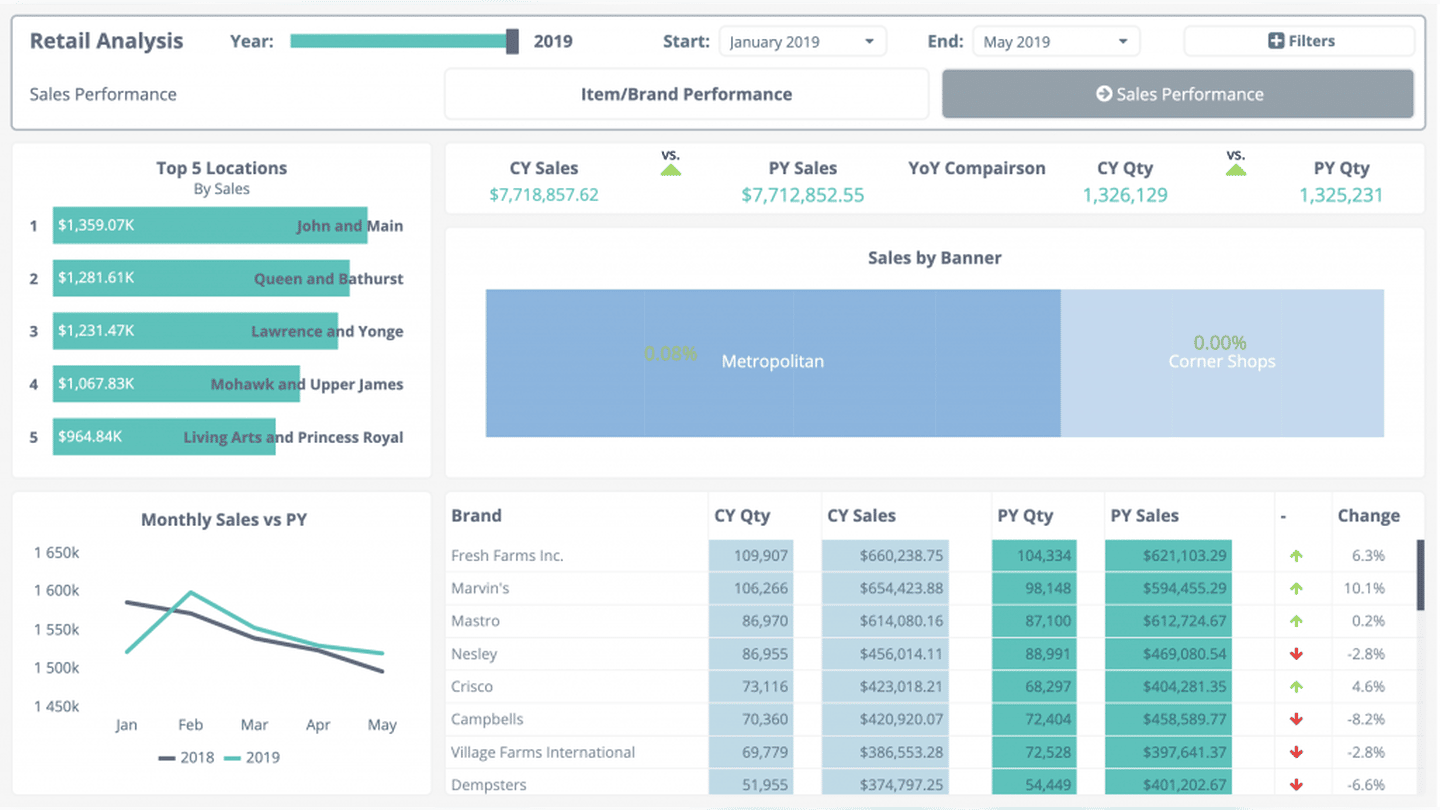If you’re here, you’re facing a significant challenge: building a strong sales organization while continuing to meet high growth targets.
The stakes are high and there is no turning back. But don’t panic, we have compiled 6 pillars to build a solid foundation for your sales organization.
Sommaire
#1 Develop a clear and repeatable sales process
Before you even start hiring new salespeople, you need to have a repeatable sales process in place if you want to grow your business effectively.
If you don’t have such a process in place, you will find progress difficult to measure and almost impossible to track.
You need accurate data to make informed decisions. If you are not able to track results effectively, you are only making assumptions about how to effectively allocate your sales time.
So you’ll need a simple, structured, repeatable process that helps all your salespeople understand what they need to do to sell.
Your process needs to be accessible enough for new hires to jump into their new role and know what activities they need to complete to add value and meet sales goals immediately.
“A sales process helps prioritize opportunities. A lack of process frustrates your salespeople and burns up unnecessary energy.” Mandy Cole, former Vice President of Sales at Zenefits
So how do you set up this evolutionary sales process?
We have prepared several instructional guides to help you develop, refine and implement a scalable sales process to empower a growing sales team.
Here is a simple overview of the key elements of a repeatable sales process:
- Your main key performance indicators (KPI)
- Clearly defined steps in your pipeline
- Structured lead qualification criteria corresponding to your pipeline stages
- The activities that salespeople need to do at each stage of your pipeline
And here are some super helpful educational resources you can use to get started:
#2 Eliminate confusion with clearly defined business lines
A strong sales organization allows new salespeople to focus by clarifying the exact activities to be performed during a sales cycle to generate the best possible performance.
You can’t control the results, so you shouldn’t stress your growing team by tracking raw numbers alone. Instead, you need to focus on what they can control – their activities, so measure their results to assess performance.
Your job is to optimize your sales organization and adjust the flow of activities that your team needs to perform in order to continuously maximize sales. Below are the important elements to implement for this strategy to be successful:
Focus
When salespeople (especially new ones) are stressed about their targets, they often panic and deviate from an established sales process in a desperate attempt to hit their numbers.
Activity-based selling allows salespeople to focus on what they need to do now, rather than pushing for quarterly revenue targets.
Consistency
The higher you go, the harder it is to keep team members aligned. If every salesperson starts using their own process, you’ll have a harder time keeping up and, therefore, optimizing business performance.
By focusing everyone on the same activities, you can easily measure and monitor your sales process as your organization grows, without having to constantly check for new salespeople.
Management
If the newest members of your team are doing well, you know that the process is evolutionary. If not, you can identify faulty areas in your process.
If a single representative is having trouble, chances are it’s not your process that’s at fault. You can help this representative with one-on-one training, mentoring or a specific performance improvement plan.
Moral
You don’t just send your salespeople to work and tell them to meet quotas. This “live or die” mentality is not sustainable.
If the new recruits deliver what they control, the results will come. A short-term income goal without a plan to achieve it can be emotionally daunting. That’s why it’s important to be close to your new salespeople and give them clearly defined objectives. This will give them confidence.

#3 Find the right CRM for you
Your sales CRM should help you automate tedious and time-consuming manual tasks. The more you grow, the more time this administrative burden will take from your team.
Put a strong business organization in place before making important decisions about the applications and platforms your business needs to succeed.
A clean and repeatable sales organization should allow you to easily hand over to a new sales representative. Your CRM should help you in this process. You can’t afford to add extra tasks and frustration to the workload of a busy employee.
You probably also can’t afford to pay an expensive consultant to spend weeks training your team to use your new system.
So ask yourself the following questions:
- Will your average new employee be comfortable with your CRM?
- Can you afford to spend the time and money to onboard and train new reps on your technology?
- Are your current representatives using technology correctly?
- Is your CRM data compromised by incorrect or missing data?
Fast-growing companies need a CRM designed to help large teams close more deals on the front lines.
If your team views your CRM as a problem, you’ll end up with inaccurate or even non-existent data. This will change the way we monitor, forecast and report.
You need a tool that eliminates as much administrative work as possible so your team can spend more time on sales activities.
An established sales organization will allow you to spend less time on training. New salespeople will be able to start working within days thanks to your structured process and a simple, intuitive customer relationship management system.
“Setting up a sales team effectively and efficiently is about setting up repeatable processes for everything, and most importantly, nothing will work without being able to account for every little detail.” Brandon Crawford, Director of Partnerships at SocialChorus, the process and reporting are both critical.”
#4 Permanent optimization through regular monitoring and accurate forecasts
When you work with a small sales team, you can address each of your salespeople personally. You can ask them what they did today, how certain prospects are progressing in the pipeline and where they are at.
It is a simple and good approach to manage a small team. Unfortunately, it is not scalable. You cannot personally address 30 vendors on a regular basis. Even with small teams, employees can hide problems and work their way through a meeting with their manager.
The data on the other hand will not be able to hide anything from you.
Follow-up should be the best friend of any sales manager trying to grow quickly.

When you rely on a sales organization that uses the activity-based selling approach, your sales representatives know exactly what to do.
When you have a CRM that helps your salespeople easily record their daily activities, you know what each team member has been up to.
If you’re looking for more information on this topic, we invite you to read:
#5 Be proactive to prevent problems and maximize opportunities
When you create a clear sales process and identify simple key performance indicators for your team, you can use this information to accurately identify trends and make better decisions about how to best size your sales team.
Follow our article to build a solid sales forecast, a tool that will help you in your decision making.
Unfortunately, many complicated sales tools can turn your forecasts into data that you’ll have trouble grasping. But if you choose the CRM that matches your business volume, you won’t even need to be in the same building to know who is making calls all morning. You know who is stuck on a prospect that is unlikely to buy. You know if someone keeps missing follow-ups. And you know which team is consistently in trouble in the final stages of their transactions.
This level of visibility allows you to compare your sales teams. If one team is consistently meeting its goals while another is falling behind, with quality data and clearly defined metrics, you can identify the problems. You can also highlight the teams and reps that are dominant in that area and find out what works to double their success.
#6 Trust your sales organization and your intuition to make tough decisions
We don’t advise you to leave your experience and instincts behind to develop your business quickly. However, this may involve risks that you could avoid taking.
You must rely on information from data to support your judgment. On the other hand, raw data, without relevant analysis, is useless.
By following our comprehensive guide to data quality, you will be able to provide consistent and accurate data to your team.
This is what you need to strengthen your experience and judgment. You can make informed decisions about how best to succeed in your ramp-up.






